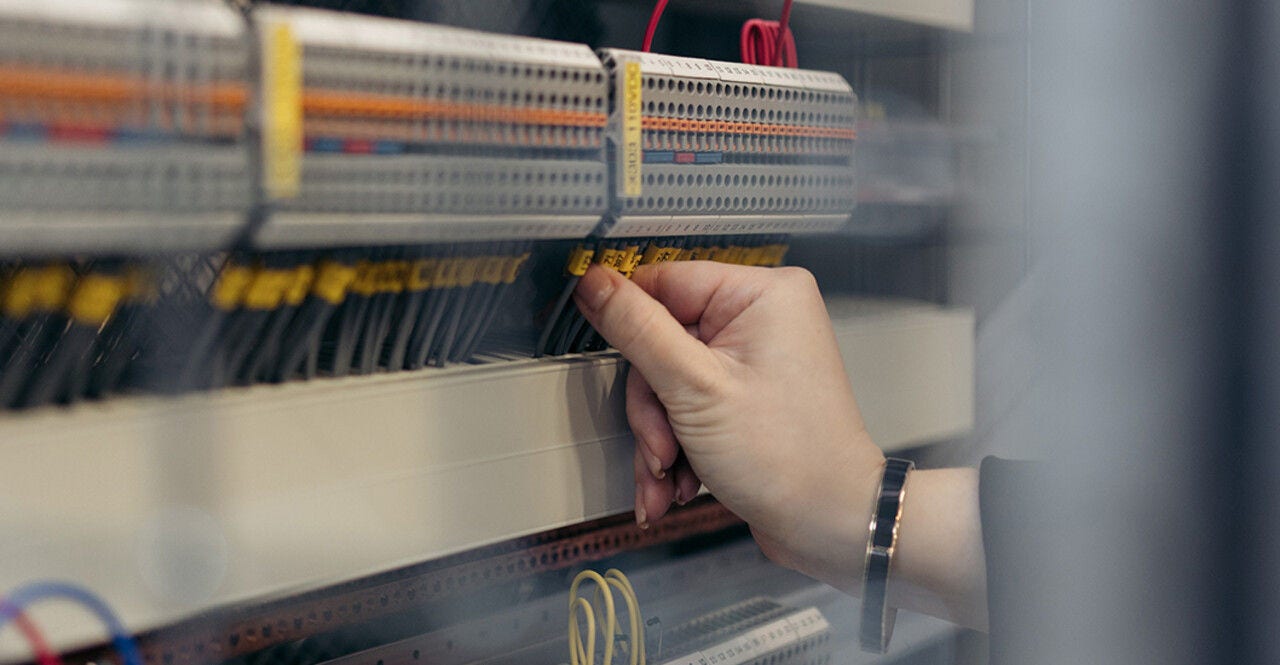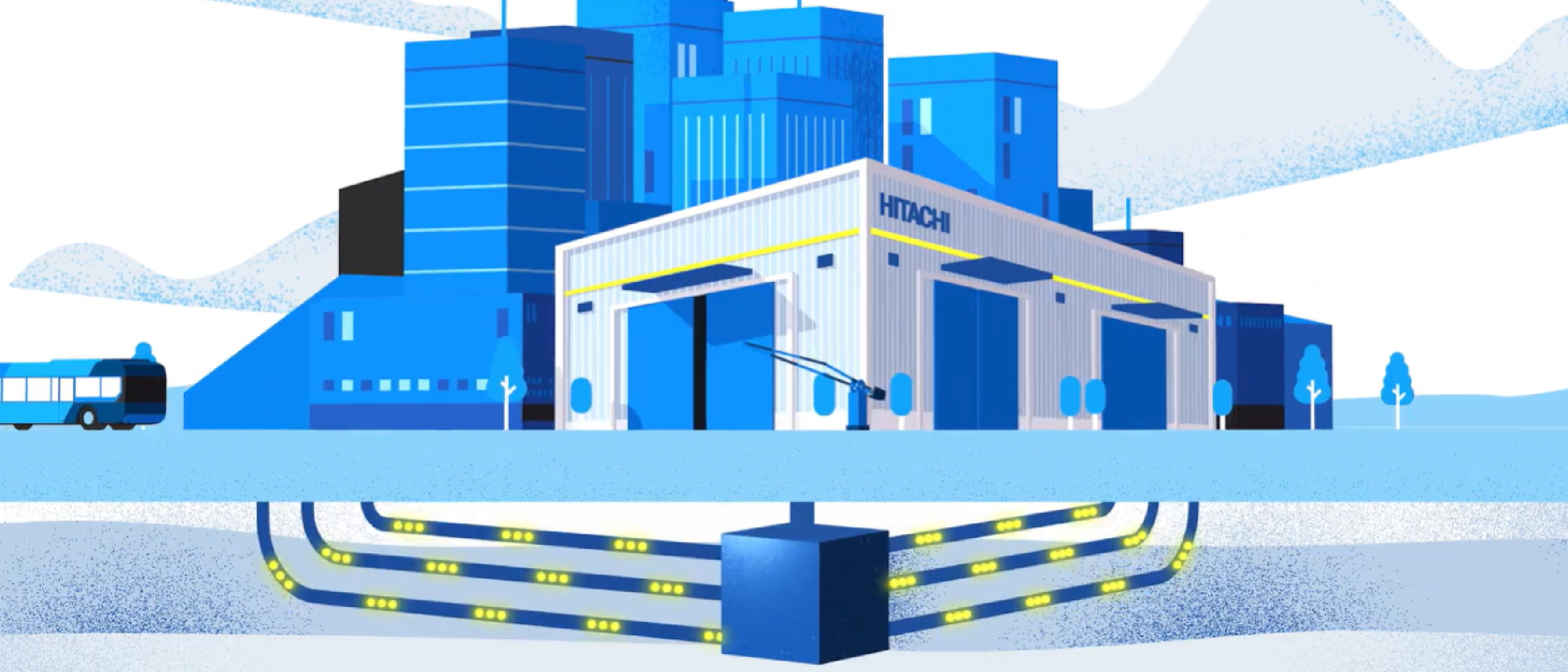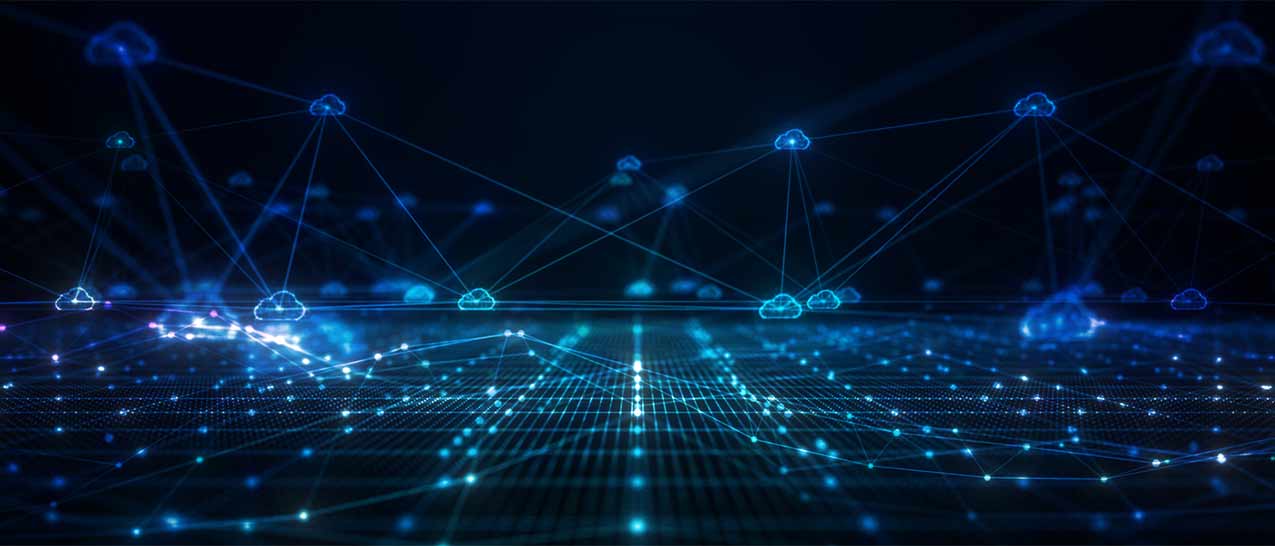

How digitalisation is accelerating a future-fit energy system
By David Goddard, Chief Digital Officer, Hitachi Energy
Digitalisation. It’s just one word but it holds the key to perhaps the defining challenge of our times – the need to decarbonise.
It’s a challenge we will only meet if we transform the energy system – and although great challenge brings great opportunity, the window on this one is closing quickly. According to the IEA’s Net Zero by 2050 report, “the path to net zero emissions is narrow: staying on it requires immediate and massive deployment of all available clean and efficient energy technologies”.
However, the transformation we seek requires the integration of renewable sources of power into the existing grid and this adds a huge amount of complexity to an increasingly diverse, integrated and electrified power system. This level of complexity is only solved through automation and automation is only enabled by digitalisation. The reality is that decarbonisation and the adoption of renewables will not happen unless we use digitalisation as the enabler for power systems transformation.
This transformation has to happen, and it has to happen quickly – by 2050, electricity will be the backbone of the entire energy system and there’s an urgent need for an accelerated shift from fossil-based to renewable power generation. But the power system is the most complex machine on the planet – we can’t just rip it out and replace it. When we throw a switch, we expect light to come on or a kettle to boil but the truth is that the grid itself is multi-layered and interconnected – simply turning a light on in your home requires the expertise of four or five diverse companies from different layers of the energy value chain. The power system really is one of the great inventions of the last two hundred years.
If you look at the traditional power system, essentially the power was generated by large turbines that were spinning, being driven by steam from coal or oil-fired power plants. What we’re trying to do today is to remove that reliance on those legacy power sources by adopting renewable sources of power – the sun, the wind, or the use of waves or rivers to generate hydro power. But the sun doesn’t always shine, and the wind doesn’t always blow, and as more renewable energy sources are added to the power grid, balancing and managing this increasingly dynamic system is a huge challenge. It’s a challenge that can only be met by a complex mix of technologies like HVDC systems and microgrids which make the system stronger and more flexible and allow us to determine when and how we pull power from one place or another. This is the complexity that digitalisation can help us manage.
In short, digitalisation is key to the adoption of renewables, which is in turn, key to decarbonisation. Not only does it allow us to manage the complexity of the grid of the future, but by predicting failures or improving maintenance practices, it also extends the useful life of the infrastructure itself, enabling the transformation and opening up the huge opportunity associated with the change happening at the edge of the grid.

Today, the edge of the grid is one of the most dynamic aspects of the power system. As a consequence of the adoption of electrification in industry, we're seeing EVs become far more prevalent, we’re seeing virtual power plants – the virtualisation of capacity from many diverse battery or generation sources – and we’re seeing communities springing up everywhere that have energy independence as a goal. As a result, the grid edge is an area that really has an entirely new ecosystem of power system related challenges that we're working to address.
Our role is to advance the world’s energy system to be more sustainable, flexible and secure and on a day to day level this is all about us giving our customers the insight and agility to manage a transition that will take many years not many days. And we do that by applying data-driven insights, expert recommendations and field service response together to bring a new level of intelligence – moving from simply an enabler to become the principal accelerator in the integration of renewables, increased grid control and response, optimised load balancing and a more agile energy market.
To help deliver the energy transition, we are aligning our own 2030 sustainability plan with the United Nations’ Sustainability Goals – this ambition underpins everything we do. Achieving the promise of a carbon-neutral future means integrating large-scale renewable energy while overcoming complexity and capacity issues. As we’ve seen, digitalisation is the key to delivering this and working with like-minded partners, we must build and scale this digital and services ecosystem quickly by embracing tomorrow’s technologies today.









